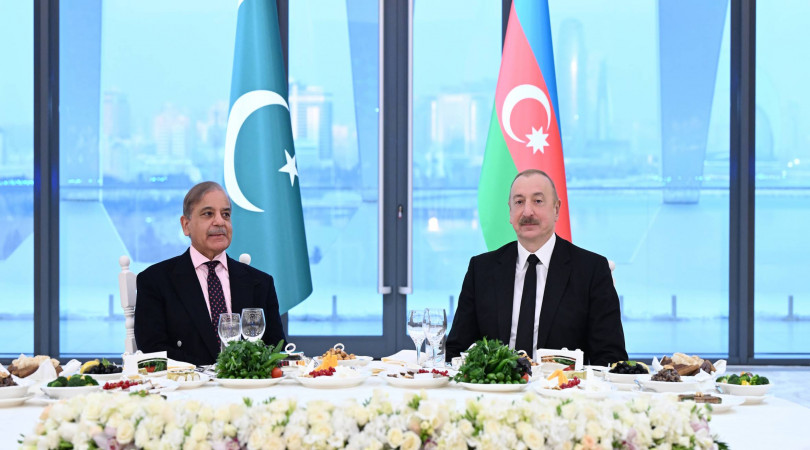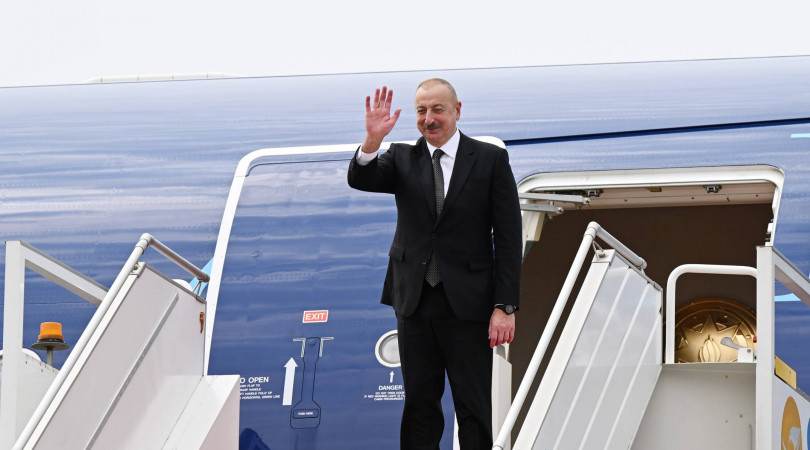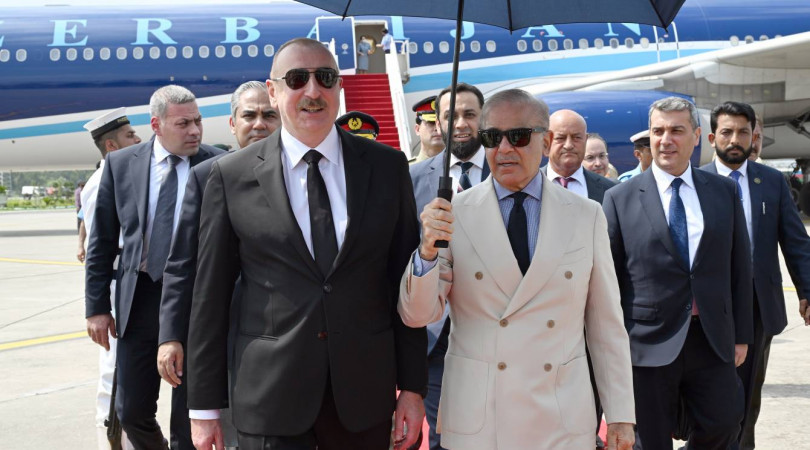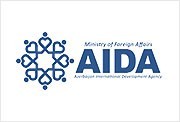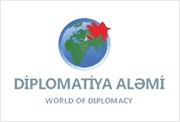Black January: The Bloody Path to Freedom
People of the Republic of Azerbaijan mark January 20 as the day of martyrs every year. On this day, the people of Azerbaijan tend to mark the tragedy of Black January and pay tribute to its martyrs. But they also acknowledge that January 20 1990 for all its bloodshed, was a first and vital step towards Azerbaijan’s freedom.
The second half of 80th was marked by decline of the USSR. Inefficient economic reforms, war in Afghanistan, Chernobyl catastrophe, deficit of trust to ideas of communism shook the pillars of the great empire. The Armenian nationalists tried to avail this chance and raised territorial claims to Azerbaijan demanding to annex Nagorno-Karabakh district to Armenia. In 1988 hundreds of thousands Azerbaijanis were expelled from their homes in Armenia. Some of them were killed with brutality, some died on the mountain passes trying to escape from men-hunters. The then leader of the Soviet Union Mikhail Gorbachov backed Armenian separatists instead of calming down tension. In respond, thousands of protesters moved to the central squares of Azerbaijan’s capital and other cities demanding to put an end to the communist rule and to restore independence of Azerbaijan.
At early morning hours of 20 January, 1990, twenty six thousands of Soviet troops, including the special forces entered Baku from different directions and stormed demonstrators firing the crowds. The forces of Baku garrison and the internal troops also came out of their barracks, and started shooting and smashing by tank tracks unarmed people. As a result of this unprecedented illegal action, 134 men were killed, about 700 men wounded, 841 men got arrested and 5 were declared missing. There were many children, elderly, women, representatives of different ethnic groups and religions amongst the killed innocent civilians. The soldiers gutted 200 houses, state and private movable and immovable property. Military operation was a rough violence of constitutions of the USSR and Azerbaijani SSR as well as International Pact on civil and political rights.
The state of emergency was announced only seven hours after operation began. People were deprived of information since before the start of operation the energy block of Azerbaijan Television was blasted. These all are clear indications of the fact that the main aim of this massacre was to punish the nation who dared to demand independence. The very fact was reflected in the report of Human Rights Watch: “Indeed, the violence used by the Soviet Army on the night of 19-20 January was …as to constitute an exercise in collective punishment. Since Soviet officials have stated publicly that the purpose of the intervention of Soviet troops was to prevent the ouster of the Communist-dominated government of the Republic of Azerbaijan by the nationalist-minded, noncommunist opposition, the punishment inflicted on Baku by Soviet soldiers may have been intended as a warning to nationalists, not only in Azerbaijan, but in
the other Republics of the Soviet Union.”
The events of the next days ruined the plans of Soviets. On 21 January, 1990, the National Leader of Azerbaijan, Mr. Heydar Aliyev, who was leaving in Russia under the eye of Soviet KGB, ignoring the threat to his life, came to the Permanent Mission of Azerbaijan SSR in Moscow and in his speech before thousands of ethnical Azerbaijanis strongly condemned communist leaders of the USSR for the massacre. That was a first open statement against regime which not only broke information blockade around that very event but also instilled the confidence to the hearts of Azerbaijanis. On 22nd January, despite of warnings of the military rulers of Baku, more than one million people turned out to bury the victims of that bloody night. The entire republic announced a strike for 40 days what badly affected the USSR economy which was dependent on Azerbaijan’s oil machinery. A special session of the Parliament of Azerbaijan SSR held on the same day condemned the military operation of Soviet Army.
Despite of military, political and moral aggression, Azerbaijani national movement kept on struggling and succeeded to stand against the Soviet challenge. The Black January was a turning point in the history of Azerbaijan. It buried chances of preserving the collapsing empire and resurrected national movement for independence. This was a beginning of the end of the USSR. Later, the former leader of the USSR M.Gorbachov said: “The declaration of the state of emergency in Baku was the biggest mistake of my political career.
Azerbaijan declared its independence on October 18, 1991. According to the 16 December, 1999 decree of Mr. Heydar Aliyev, the President of Azerbaijan, all victims of the massacre were awarded the title “Martyrs of January 20”.
Every year on 20th of January hundreds of thousands of Azerbaijanis led by their President Mr.Ilham Aliyev visit the Alley of Martyrs which is located on the highest peak of Baku to pay tribute to those who embraced martyrdom. The generations will change, but the memory of the sons and daughters of Azerbaijan who laid down their lives for the freedom of motherland will remain in the hearts forever.
It is notable that recently the community water supply in remembrance of 20 January Martyrs of Azerbaijan was inaugurated in Gujurkhan Tehsil of Punjab. This project was implemented by Heydar Aliyev Foundation of Azerbaijan that is lead by First Lady of Azerbaijan Mrs. Mehriban Aliyeva.

